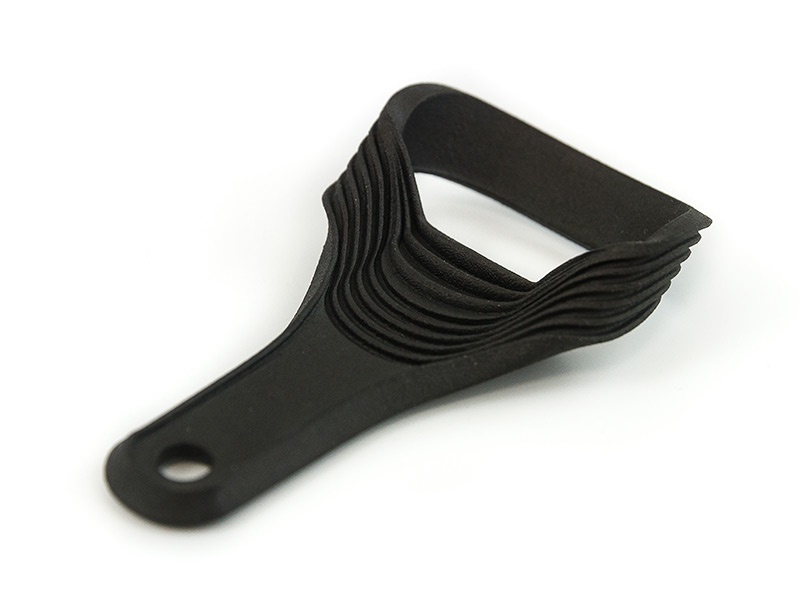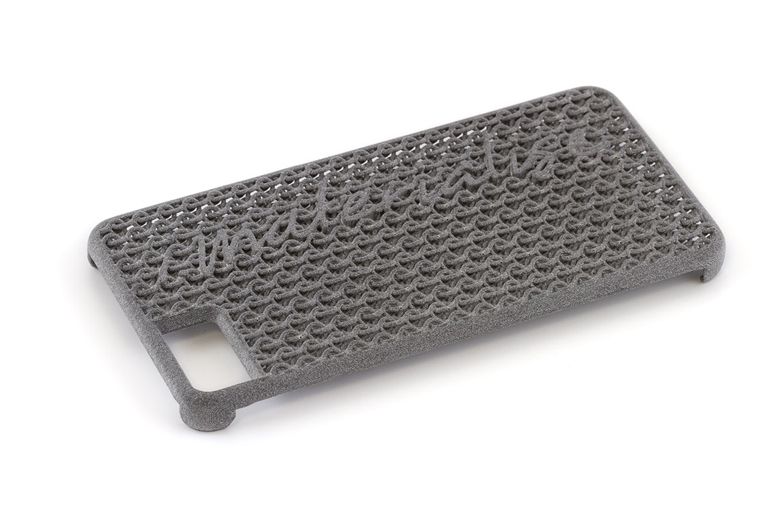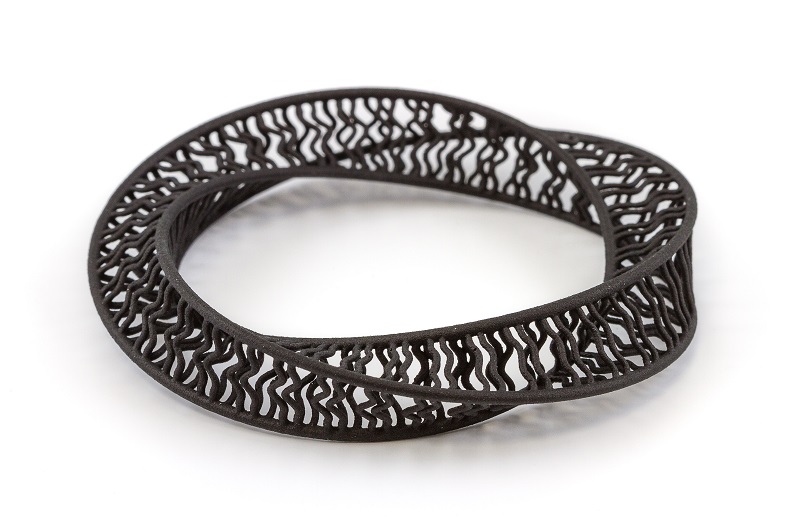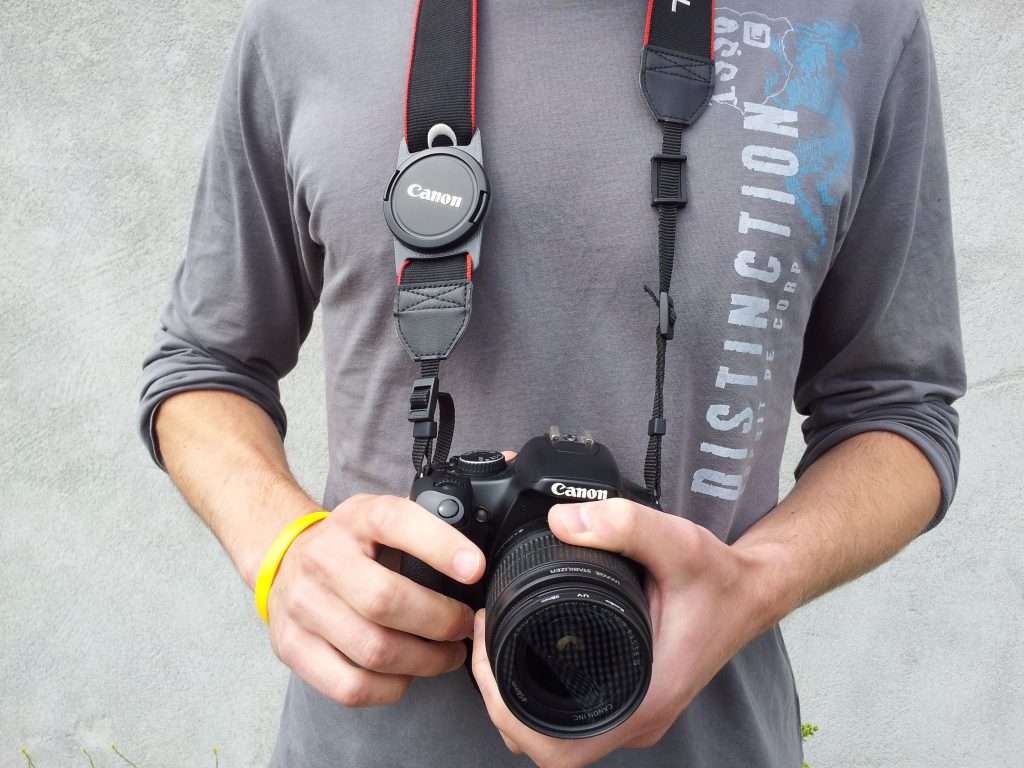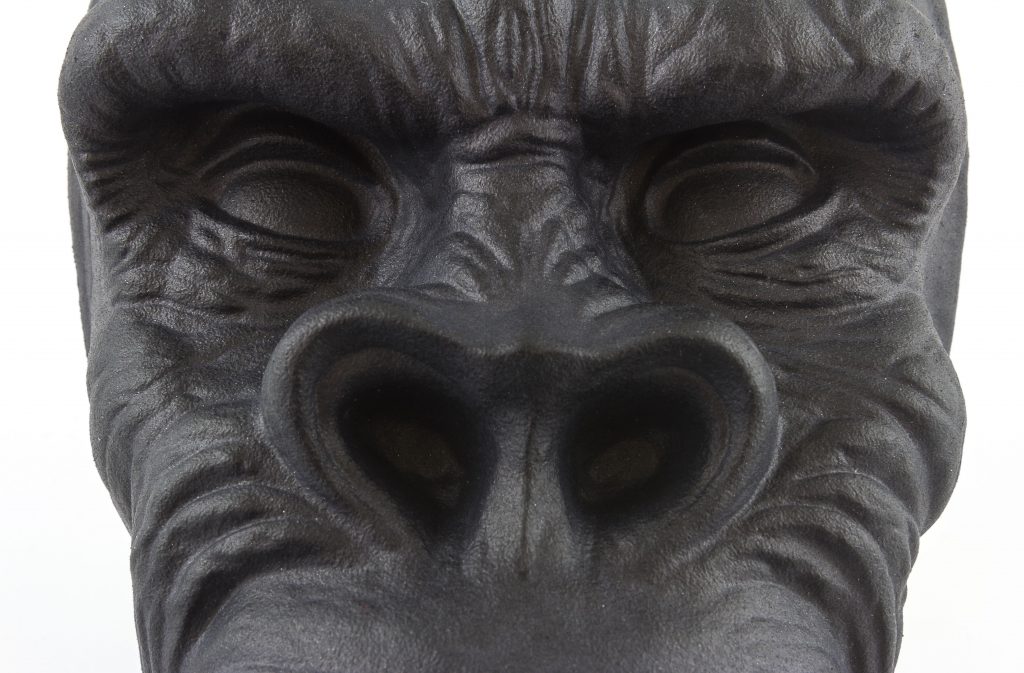
How 3D Printing In Polyamide (MJF) Really Works
In this blog, we take a look at how 3D printing in Polyamide (MJF) works and dig into the differences between our 3D printing polyamides.
HP Multi Jet Fusion: The Technology
Similar to Laser Sintering, HP Multi Jet Fusion is a powder-based technology. But unlike SLS, it does not use lasers. The powder bed of the machine is heated uniformly but instead of a laser, a fusing agent is jetted where particles need to be selectively fused.
After this process, a detailing agent is also jetted to improve the resolution of the print. While infrared lights pass over the surface of the powder bed, the jetted material captures the heat and distributes it evenly. Watch this video to see MJF technology in action.
Polyamide (MJF): the material
Polyamide (MJF) is a very fine, white granular powder. Its natural finish has a sandy look and a grey color. The final color is grey because the white polyamide powder is mixed with the black ink used as a fusing agent. That’s why the final grey can have slightly different shadings depending on the print. For a uniform look, it is possible to dye the printed models in black.
You should use Polyamide (MJF) for models that require crisp textures, surface details, or labels. It’s also a good material for highly complex parts with lattices and hinges.
The design: how to get the perfect Polyamide (MJF) 3D print
- Wall thickness:
The recommended wall thickness for Polyamide (MJF) is at least 1 mm. If the parts are large, they might need thicker walls or maybe added fillets or ribs for reinforcement. Read the design guides on our website to learn what to do if you have a design with hinges.
- Hollow models and holes:
It’s advisable to hollow solid models as much as possible. This will prevent sink marks and will save material. For hollowed models, the wall thickness should be 2-3mm and the models should have at least two holes with a 2mm diameter to remove excess powder.
- Interlocking parts:
It’s possible to print interlocking parts with Polyamide (MJF) if they have a minimum clearance of 0.5 mm.
- Engraved text and surface details:
Polyamide (MJF) is a good material for detailed surfaces. Embossed or engraved textures should be at least 0.25mm thick or 0.55mm for letters. Read more on that in the design guides.
- Big flat planes:
“Warping” is what happens when large, flat plains (like an A4) deform during the process of 3D printing due to the cooling down procedure. We recommend avoiding these kinds of surfaces in your prints for optimal results.
- Maximum size:
The maximum size for prints in Multi Jet Fusion is 256x340x360mm, but you can print as many components or subparts for a final design as you want.
What is the difference between Polyamide (MJF) and Polyamide (SLS)
Both Polyamides are very much alike, and the technologies used to 3D print them can achieve slightly different results. Both Polyamide (SLS) and Polyamide (MJF) can be used for similar applications, but MJF has a few advantages compared to SLS.
To start with, Polyamide (MJF) prints have less porosity and higher isotropy. Polyamide (MJF) is also the best option for finishes with a more detailed surface resolution, and it also allows designs with thinner walls.
Faster lead times for Polyamide (MJF)
In addition, 3D printing with Multi Jet Fusion can be quicker than doing it with laser sintering technology. One of the reasons for this is that each layer takes the same amount of time for printing without regard to the contours or size of the build, so timing can be more predictable. The logic behind this is that in MJF technology the entire print bed gets fused at once for each layer. On the contrary, SLS uses a laser scan that contours the model.
The other reason for faster production times is that MJF requires less cool-down time than SLS: just 10 hours, instead of SLS’s 24 hours.
In short, MJF will be the technology to go for if you need shorter lead times, but Polyamide (SLS) is the best option for colorful finishes, as MJF is always gray or black.
You can find more detailed information on Polyamide (MJF) on the design guidelines or technical specifications of our website. To try out this new technology you can upload your files to our platform and you will get an instant quote for your print, as well as an estimated shipping time. If you want to get a feel for the material, we would recommend ordering some samples of Polyamide MJF.
Have you tried this new technology for your 3D prints? What did you like the most about the results? Order your next print today!
Featured image: Gorilla face in Polyamide (MJF) from a clay sculpture
Recommended Articles
No related posts.


